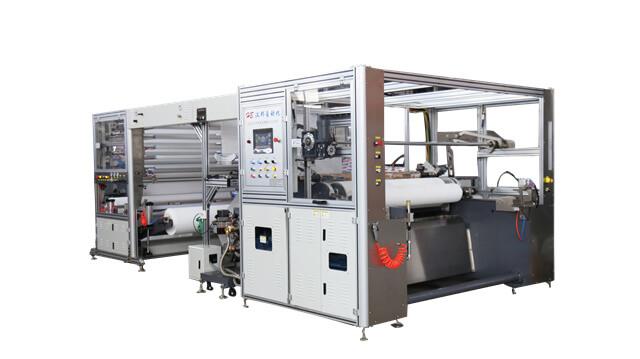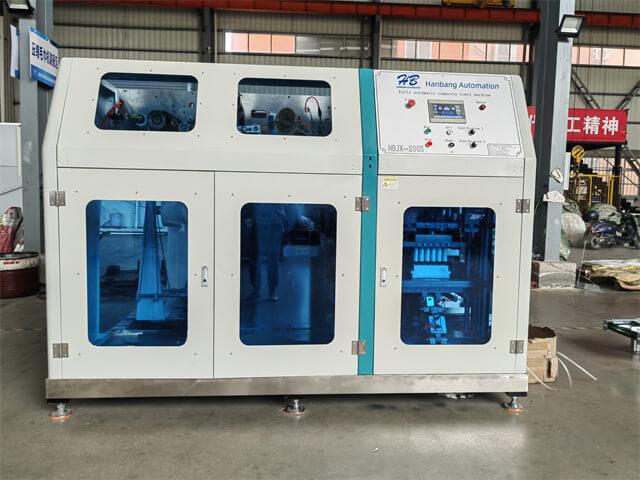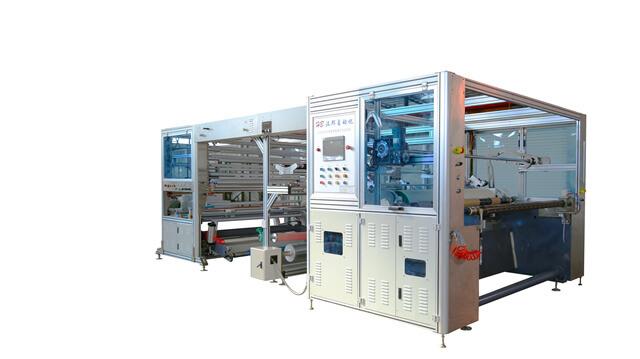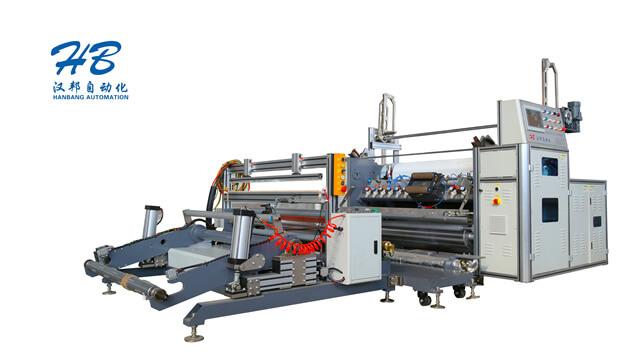Author:HB Nonwoven MachineryFROM:Compressed Towel Machine Manufacturer TIME:2023-10-21
The non-woven fabric embossing machine plays a vital role in the production of various products in the hygiene industry, including diapers and sanitary pads. This machine is responsible for creating patterns and textures on non-woven fabrics, enhancing their functionality and aesthetics. In this article, we will explore the applications of the non-woven fabric embossing machine and its significance in the diaper and sanitary pad industry.
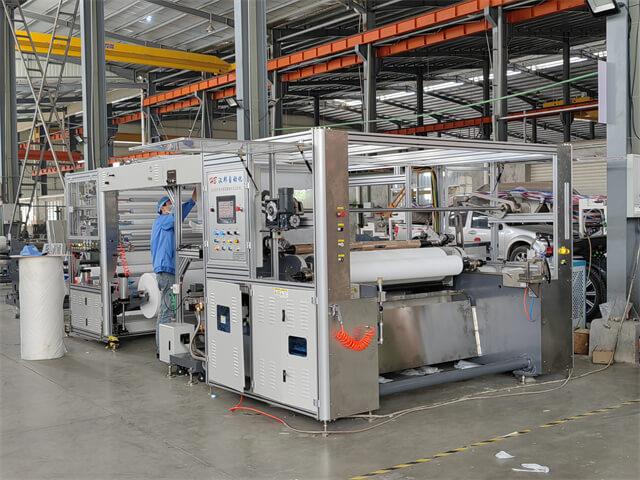
Embossing non-woven fabrics used in diapers and sanitary pads can significantly enhance their absorbency. The embossed patterns create microchannels that allow for quicker and more efficient liquid absorption. The machine ensures precise embossing, resulting in consistent patterns across the fabric, which improves the overall performance of the products.
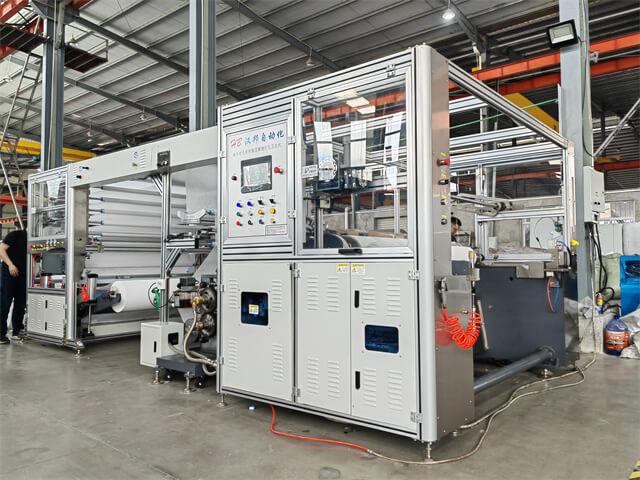
The embossing process also contributes to the overall comfort of diapers and sanitary pads. By creating soft, cushion-like embossed patterns, the machine enhances the softness and flexibility of the fabric. This allows for better conformability, ensuring a comfortable fit for the user. The embossed texture also reduces the likelihood of irritation or chafing.
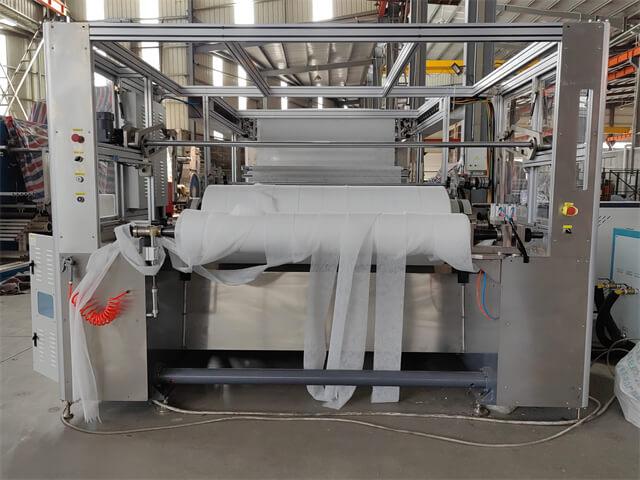
Leakage is a common concern in the hygiene industry. The non-woven fabric embossing machine helps address this issue by creating embossed patterns that improve the leakage protection of diapers and sanitary pads. The patterns provide additional barrier layers, preventing leaks and ensuring the user's peace of mind.
Embosing non-woven fabrics can also contribute to odor control in diapers and sanitary pads. The embossed patterns create air pockets that promote air circulation, reducing the buildup of moisture and odor-causing bacteria. This helps to keep the products fresh and odor-free for extended periods, enhancing user comfort and confidence.
The non-woven fabric embossing machine allows manufacturers to add visually appealing patterns and designs to diapers and sanitary pads. The embossed textures can create a more attractive and modern look, making the products more appealing to consumers. This aesthetic enhancement can differentiate brands in a competitive market.
With the increasing competition in the hygiene industry, product differentiation is crucial. The non-woven fabric embossing machine enables manufacturers to create unique embossed patterns that set their products apart. This differentiation can help attract consumers who are looking for innovative and high-quality products.
The embossing machine not only improves the quality and functionality of diapers and sanitary pads but also contributes to efficiency in the manufacturing process. It can efficiently emboss large quantities of non-woven fabrics, allowing for increased production rates. Moreover, the machine's precise control minimizes material waste, resulting in cost savings for manufacturers.
The applications of the non-woven fabric embossing machine extend beyond the hygiene industry. It is also used in the production of various other products, such as medical textiles, filters, and automotive interiors. The versatility of the machine makes it a valuable asset in multiple industries.
The non-woven fabric embossing machine plays an integral role in the diaper and sanitary pad industry, as well as in other sectors. Its applications range from enhancing absorbency and comfort to improving leak protection and odor control. Additionally, the machine enables manufacturers to differentiate their products, improve efficiency, and achieve cost savings. With its versatility and significance, the non-woven fabric embossing machine continues to contribute to the advancement of the hygiene industry and beyond.
